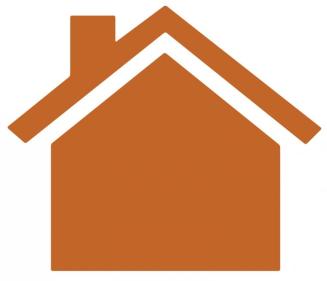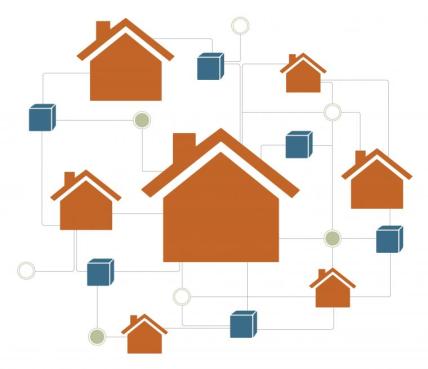- Managing your Practice
-
- Your Benefits
-

Introducing the ultimate Club MD experience
From work to play, and everything in between, we provide you with access to hundreds of deals from recognizable, best-in-class brands, elevating every facet of your life – from practice supports to entertainment, restaurants, electronics, travel, health and wellness, and more. Your Club MD membership ensures that these deals are exclusive to you, eliminating the need to search or negotiate.
Welcome to the ultimate Club MD experience. Your membership, your choices, your journey.
-
- Advocacy & Policy
-
- Collaboration
- News & Events
-

Stay Informed
Stay up to date with important information that impacts the profession and your practice. Doctors of BC provides a range of newsletters that target areas of interest to you.
Subscribe to the President's Letter
Subscribe to Newsletters
-
- About Us
-
Defining patient medical homes and primary care networks
November 14, 2018
News
PMH. PCNs.
The acronyms are a familiar sight for many physicians around the province. They stand for patient medical home and primary care networks, concepts that form the foundation of primary care renewal.
For many physicians, it can be challenging to understand what they mean.
We believe that sometimes, pictures can tell the story best. That is why we have created a series of visuals to help define these concepts and show how they work together.
 The patient medical home essentially refers to a family doctor’s practice. It builds on what doctors are already doing and takes the practice to the next level, where GPs can focus on diagnoses and longitudinal patient relationships. The patient medical home has 12 attributes; the GPSC is working to support local divisions and family practices to achieve those attributes so that practices are operating at their highest level. Within the patient medical home, doctors are supported by teams and networks of care to provide the full spectrum of primary care to their patients. The GPSC is the lead on patient medical homes.
The patient medical home essentially refers to a family doctor’s practice. It builds on what doctors are already doing and takes the practice to the next level, where GPs can focus on diagnoses and longitudinal patient relationships. The patient medical home has 12 attributes; the GPSC is working to support local divisions and family practices to achieve those attributes so that practices are operating at their highest level. Within the patient medical home, doctors are supported by teams and networks of care to provide the full spectrum of primary care to their patients. The GPSC is the lead on patient medical homes.
 The primary care network refers to a clinical network of health care providers in a geographic area that responds to the primary care needs of the patients within the community, and provides clear linkages to more specialized services as needed. It includes family doctors in PMHs along with allied health providers, health authority services and community health services. The provincial government is the lead on primary care networks; input is being provided by GPSC, Divisions of Family Practice, Doctors of BC, and other partners and stakeholders.
The primary care network refers to a clinical network of health care providers in a geographic area that responds to the primary care needs of the patients within the community, and provides clear linkages to more specialized services as needed. It includes family doctors in PMHs along with allied health providers, health authority services and community health services. The provincial government is the lead on primary care networks; input is being provided by GPSC, Divisions of Family Practice, Doctors of BC, and other partners and stakeholders.
Both the PMH and PCNs support and strengthen each other, so that patients are at the centre of care with wrap-around medical supports. This approach allows family doctors to practice the kind of medicine that first drew them into the profession.
The work is challenging and will take time
Primary care transformation is complex work, and there is no cookie-cutter approach. Physicians – with support from local divisions and the GPSC - will be developing different approaches to these models based on the grassroots needs of their communities.
Right now, change is primarily taking place in primary care, particularly within physician practices and health authority services. With the support of the General Practice Services Committee, doctors are working with Divisions of Family Practice and health care partners to collaboratively plan, design, and begin to implement these models in practices, communities, and regions across the province.
Planning and development of primary care networks is currently underway in 11 communities. The next group of communities will be announced soon.
Role of Specialists in Patient Medical Homes and Primary Care Networks
While the focus of these models is on primary care, experience at the community level demonstrates there is already a close relationship and interface between GPs and specialists in order to provide comprehensive care. As the work evolves these discussions will deepen, and the work of integrating and linking more effectively with specialists will become more prominent. The connection between GPs and specialists is a key component in this integrated system of services and supports. GPs at the community level are encouraged to connect with relevant specialists colleagues. The Specialist Services Committee (SSC) and the Shared Care Committee (SCC) are also supporting this work.
Read more about patient medical homes and primary care networks.
Have a question or a comment? Email us at




